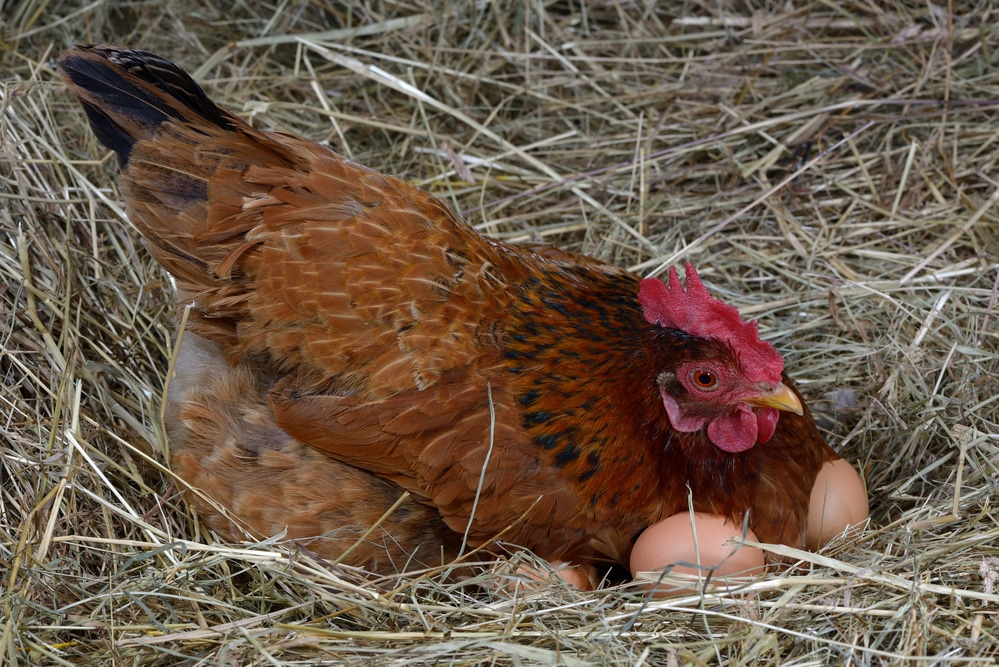Introduction: Understanding chicken egg production is essential for those planning to keep chickens for their eggs. This informative article will delve into the number of eggs chickens can lay in a day, week, month, year, and even their lifetime. Additionally, we’ll explore the fascinating process of how chickens lay eggs, shedding light on the various stages involved.
How Many Eggs Can Chickens Lay in a Day?
On average, a chicken can lay one egg per day, subject to factors such as housing conditions, light intensity, and feed quality. While some chickens may occasionally lay more than one egg in a day, it is not common. A chicken’s laying frequency is also influenced by its natural instinct to accumulate a clutch of eggs before sitting on them.
Egg Production from 100 Chickens in a Day
Given that each chicken can lay one egg a day, 100 chickens would yield 100 eggs per day. However, it’s crucial to provide proper nutrition and care to maximize egg production from the flock.
Eggs Laid in a Month, Week, Year & Lifetime
The number of eggs a chicken lays in a month, week, year, and its entire lifetime varies depending on factors like breed and environmental conditions. More prolific egg-laying breeds may produce around 25 eggs per month, while ornamental backyard chickens might lay 8 to 10 eggs monthly. In a week, chickens can produce five to six eggs, and under optimal conditions, they can lay between 250 and 300 eggs in a year. Throughout its lifetime, a productive chicken can lay up to 1350 eggs.
The Egg-Laying Process Explained
The process of laying eggs involves several stages:
a. Yolk Release: Egg-laying typically commences when a chicken reaches 18 to 20 weeks old. Light entering the hen’s eye activates the pineal gland, triggering the release of an egg from the ovary. Once matured, the yolk leaves the ovary and moves to the oviduct.
b. Formation of Albumen: In the oviduct, the yolk travels through the magnum and isthmus, where albumen (egg white) forms around it. Chalazae, the rope-like structures, anchor the yolk in the center of the egg.
c. Formation of Egg Shell: The egg shell begins to form in the uterus through the shell gland, taking approximately 20 hours. Pigment deposition may also occur, giving the egg its color. An antimicrobial layer develops on the outer shell for added protection.
d. Laying of an Egg: Finally, the fully formed egg is laid through the hen’s vent or cloaca. The tissues of the uterus extend as the egg is expelled, completing the egg-laying process.
Conclusion
Understanding chicken egg production is crucial for effective egg farming. Chickens can lay around one egg per day, and proper care and nutrition are vital to maximize egg production. Knowing the various stages involved in the egg-laying process enhances our appreciation for these remarkable creatures and the valuable eggs they provide. With this knowledge, you can raise chickens for egg production with confidence and success.


